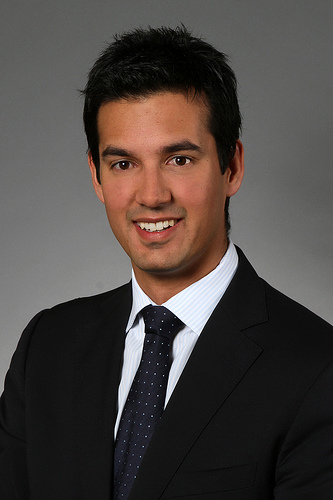Philanthropy411, is currently covering the Council on Foundations conference with the help of a blog team. This is a guest post by Mayur Patel, Vice President of Strategy and Assessment at the John S. and James L. Knight Foundation.
by Mayur Patel
 On Sunday afternoon at the conference, I had the chance to participate in a panel discussion on the intersection between strategy and evaluation. The conversations that followed with participants from private foundations, corporate philanthropy and local community foundations was fascinating. Here are three key themes that emerged:
On Sunday afternoon at the conference, I had the chance to participate in a panel discussion on the intersection between strategy and evaluation. The conversations that followed with participants from private foundations, corporate philanthropy and local community foundations was fascinating. Here are three key themes that emerged:
- Where you sit matters: Over the past few years, new foundation titles have increasingly emerged to describe the position of individuals involved in evaluation. We now have strategic assessment officers, performance managers, knowledge management officers, and even learning and listening directors! The list goes on. Aside from being an amusing word game, the trend speaks to a larger recognition in the field that how you label and house the roles and responsibilities of evaluation affects its use. Many participants shared the organizational efforts they’ve made to link their evaluation teams directly to program development, strategy and planning.
- Creating Demand for Learning and Evaluation: Integrating an evaluation function into a foundation, invariably results in more work for program officers and staff, regardless of how you structure it. The challenge then is how to create demand for this function and how to demonstrate that it helps make a foundation’s work smarter and more effective. Participants shared their practical advice on approaches they’ve used to highlight the value of evaluation, including dedicating evaluation resources to support grantee capacity, leveraging assessment findings to enhance a program’s leadership through external publications and providing support for landscape studies that provide program teams with the broader context to inform their work.
- Indicators versus Conversations: Evaluation discussions can often become singularly focused on metrics. However, unlocking the intersection between strategy and evaluation is much less about indicators and data, than it is about using insights to support conversations and decision making. Participants shared the view that if one of the primary reasons we engage in evaluation is to support course corrections and adaptation, then greater focus is needed on how we use evaluation to help facilitate conversations about learning and program improvement.
If you found this blog post useful, please subscribe. On Twitter? Follow me @Philanthropy411.
Posted by Kris Putnam-Walkerly © Kris Putnam-Walkerly and Philanthropy411, 2010.






